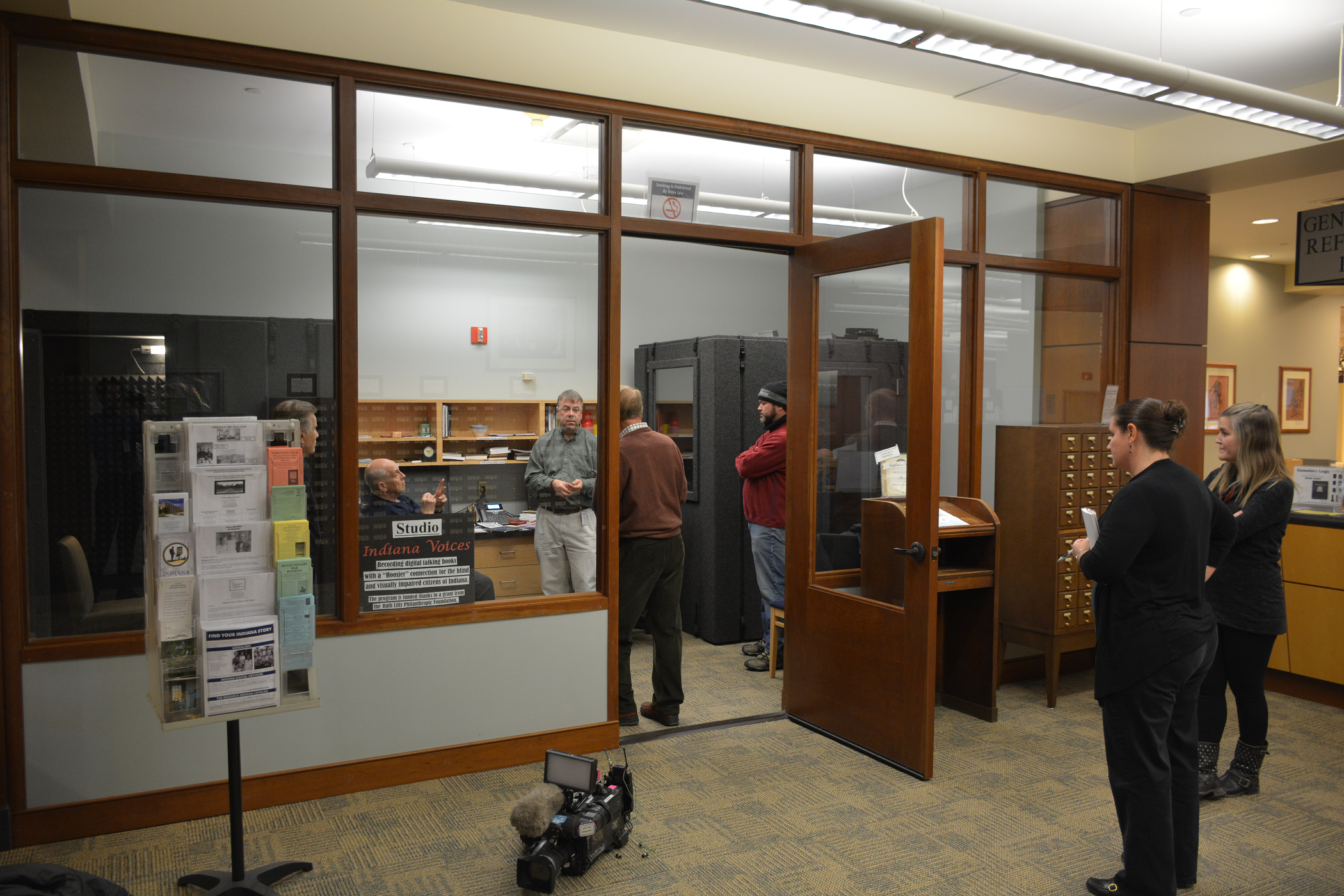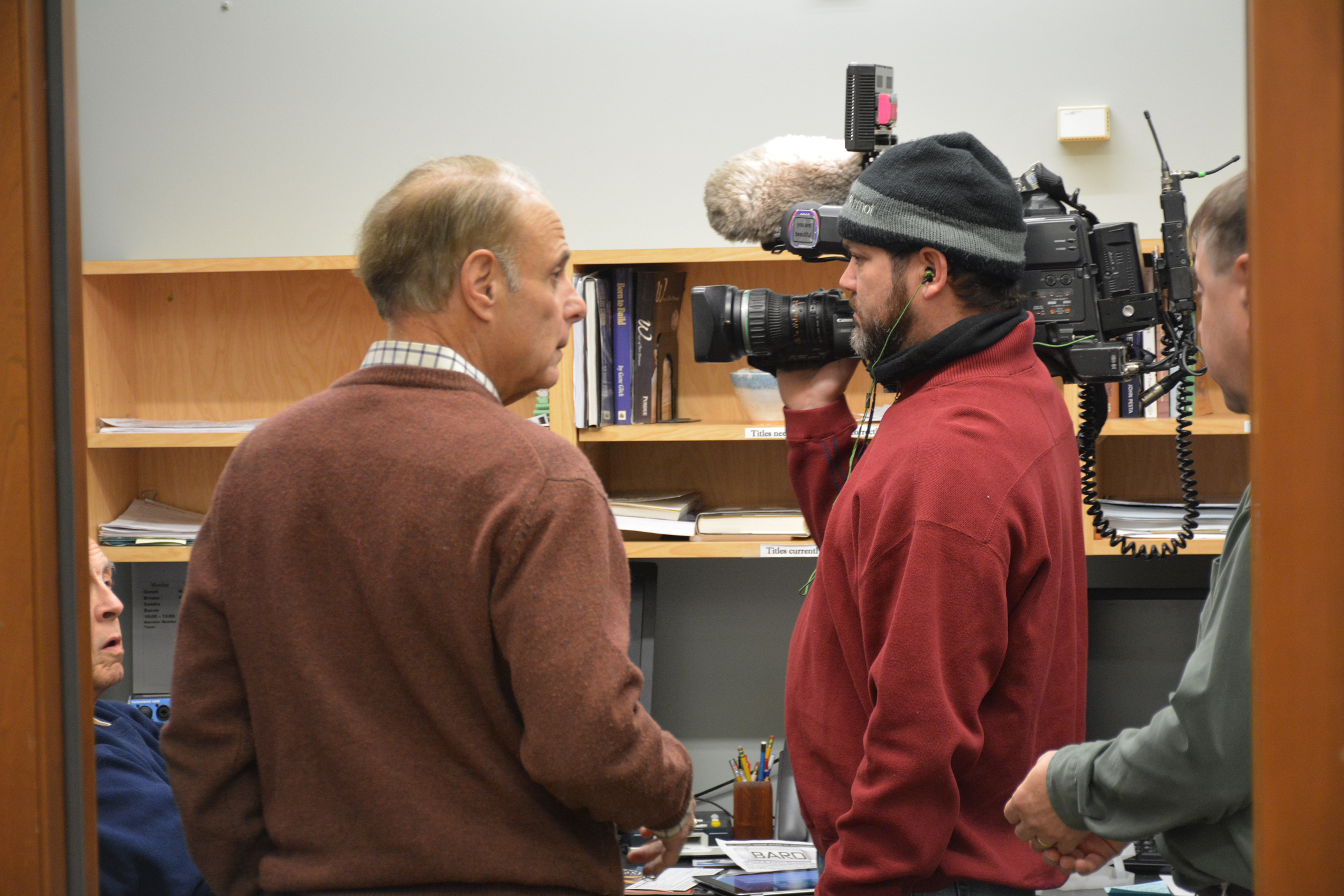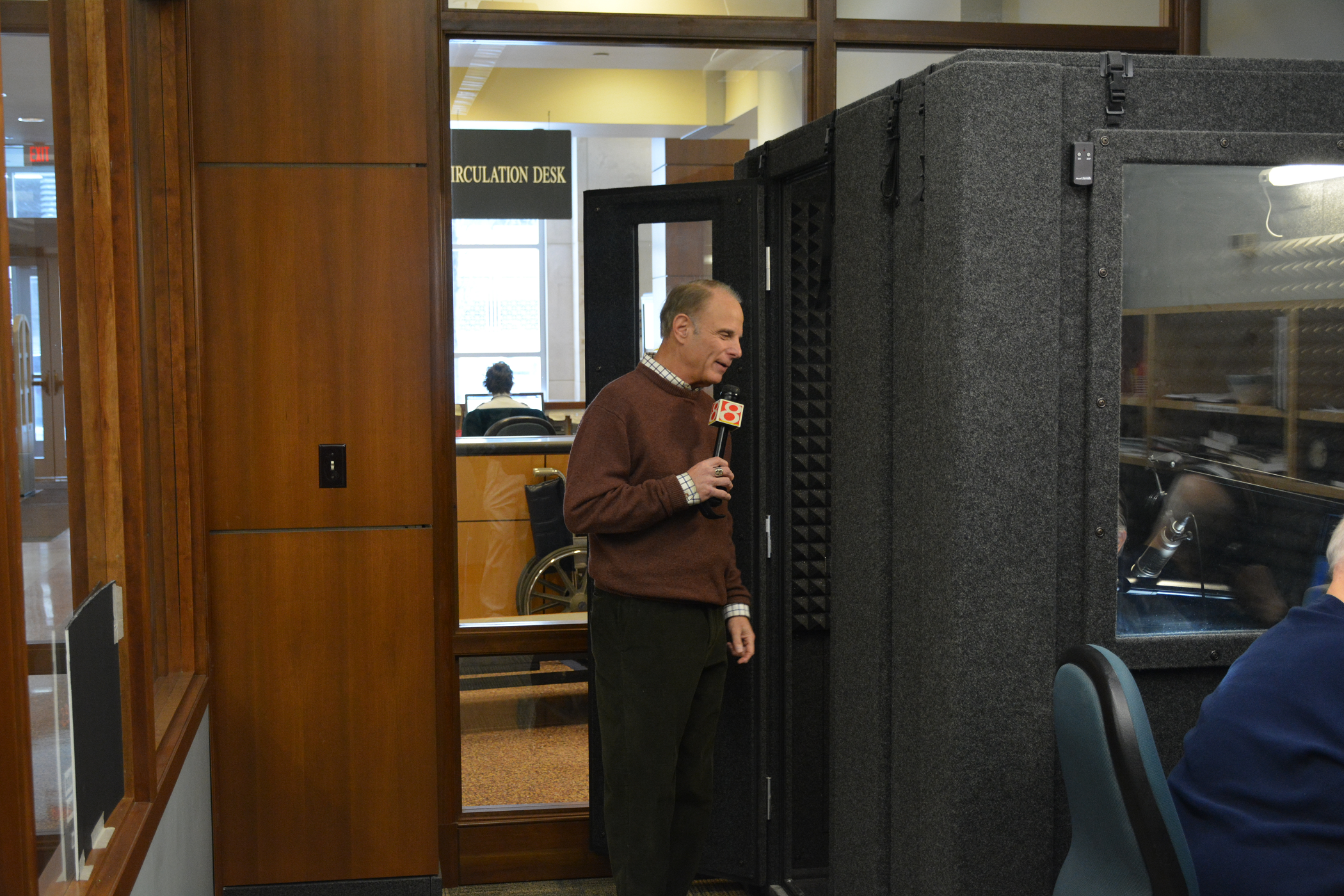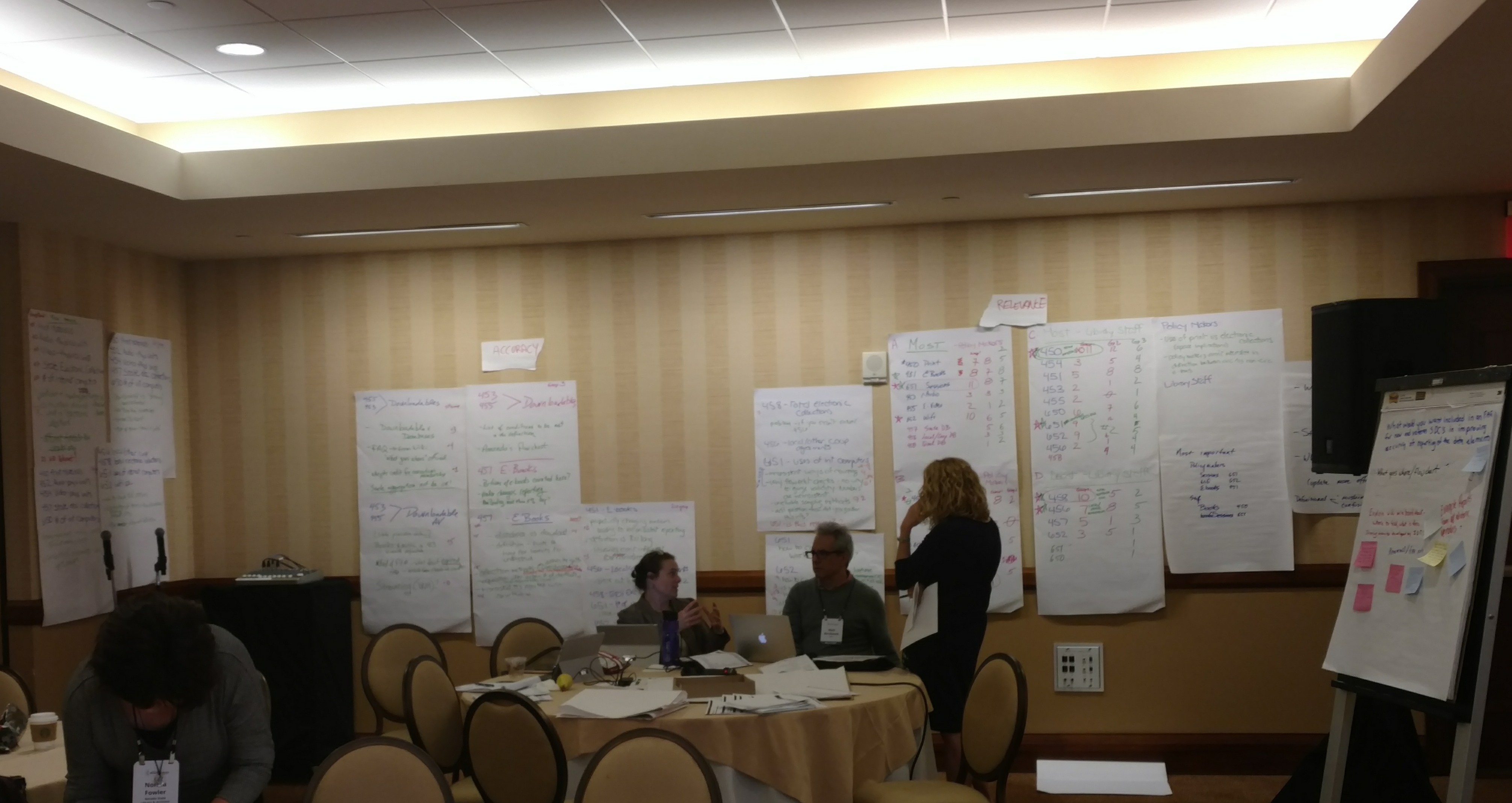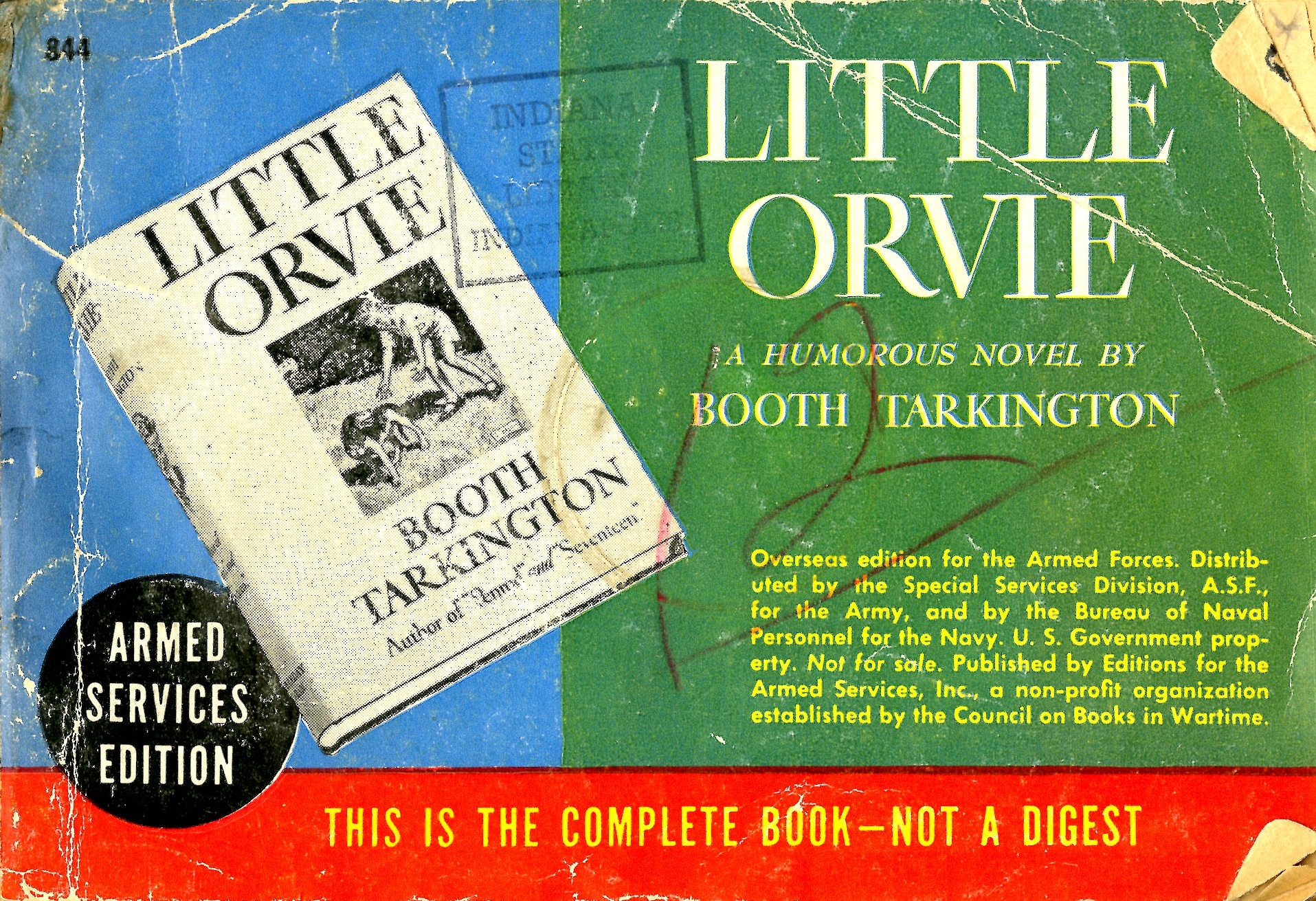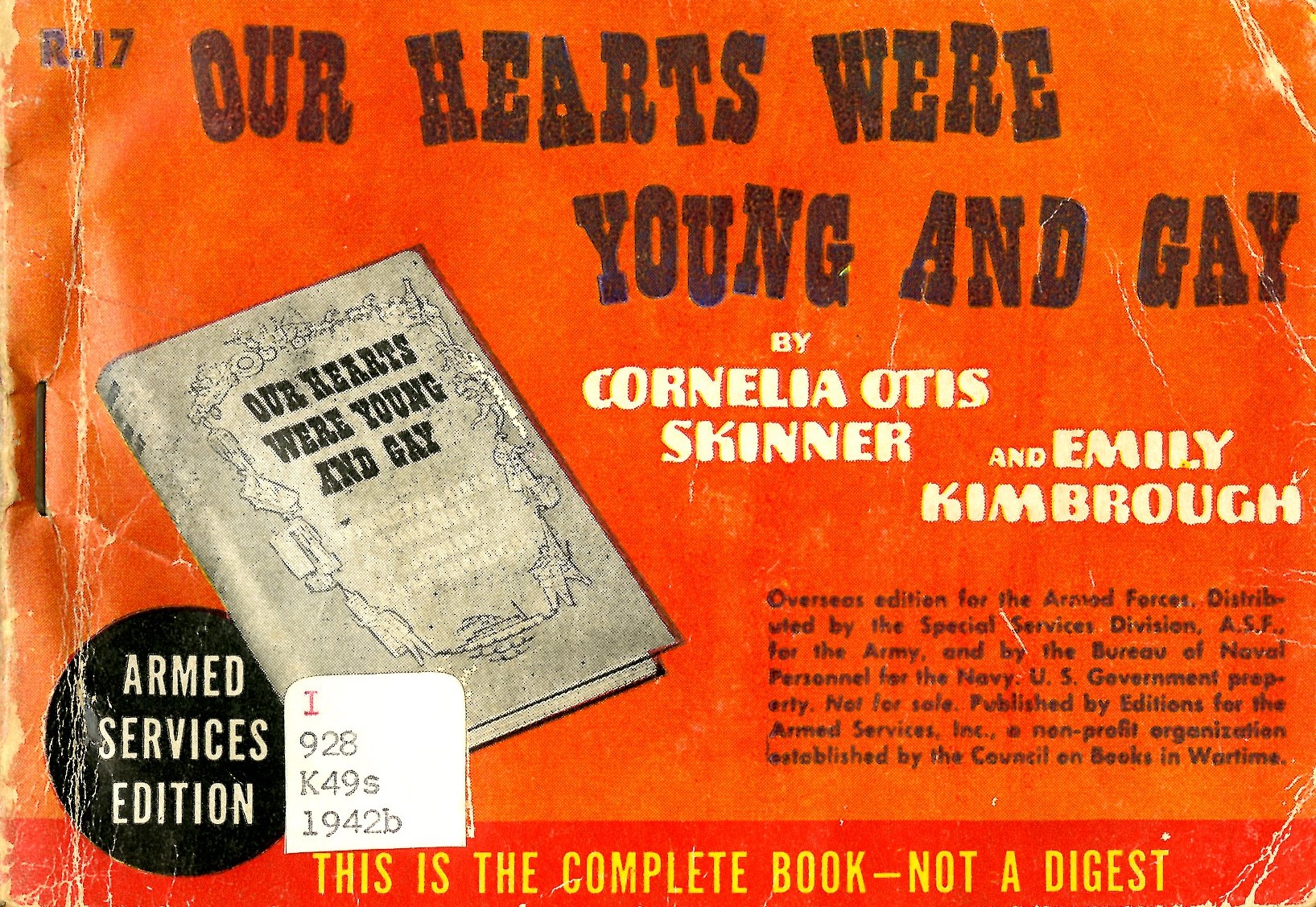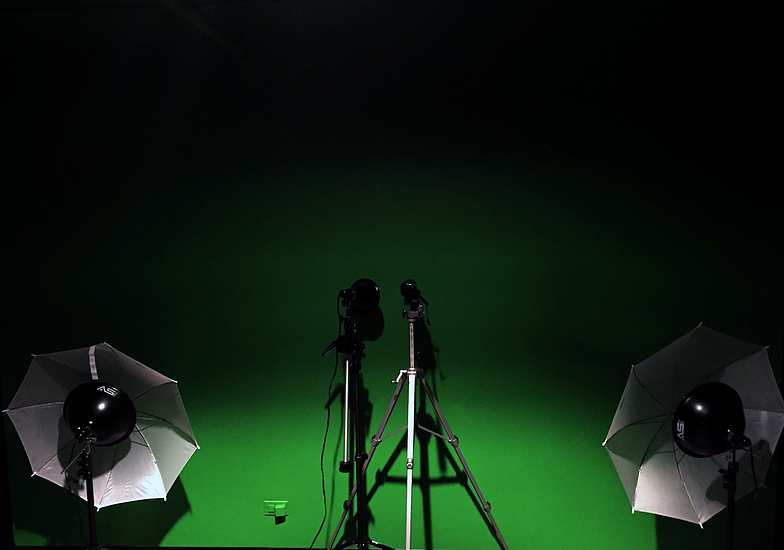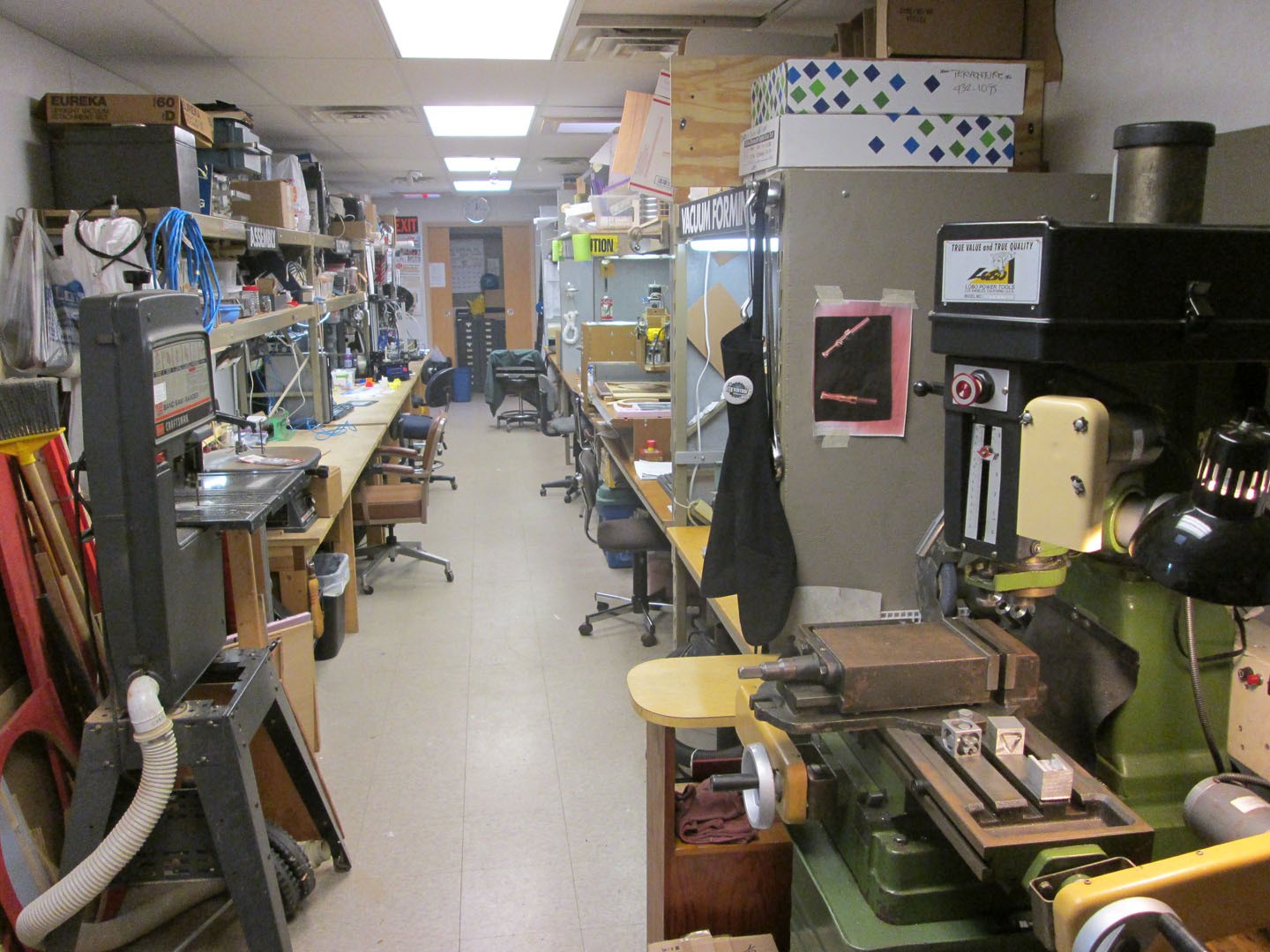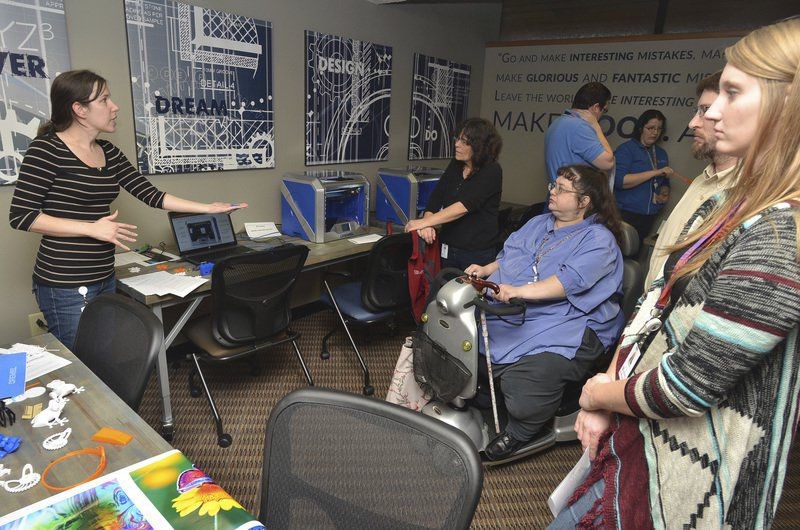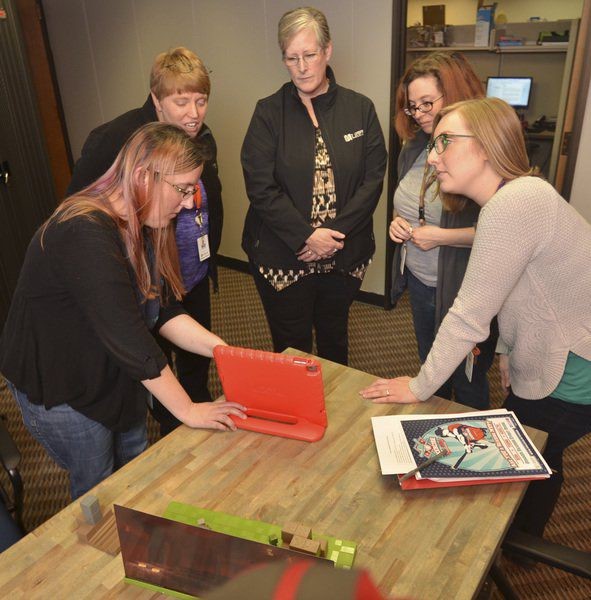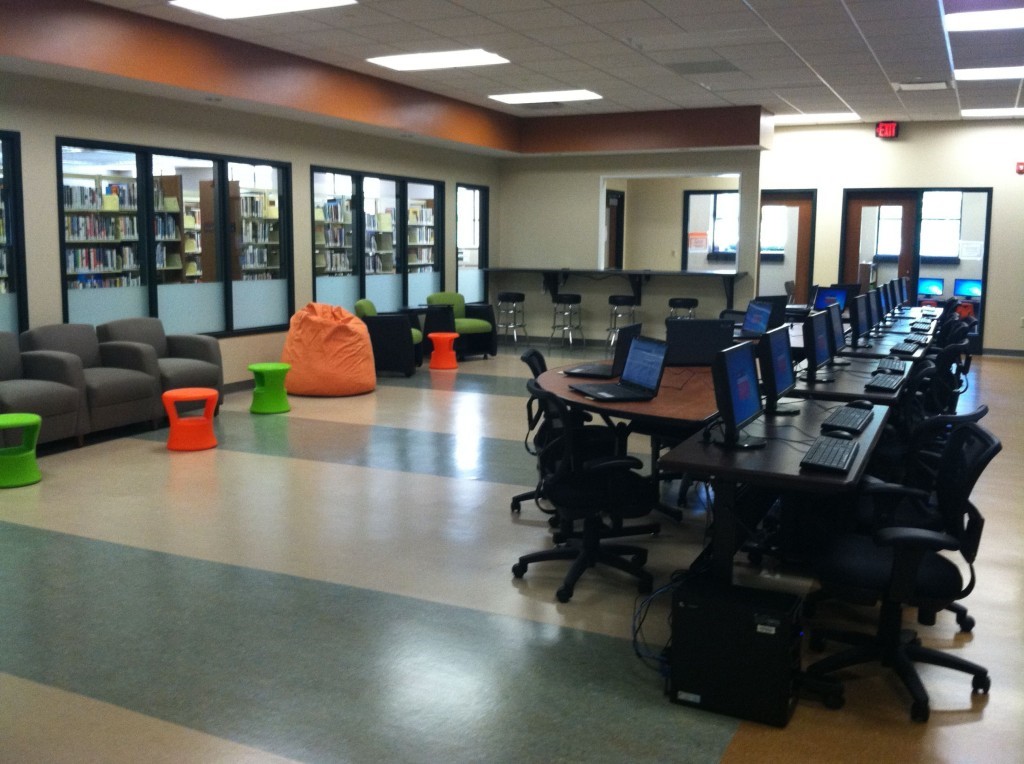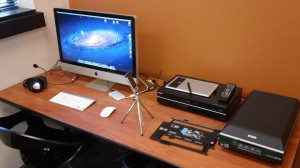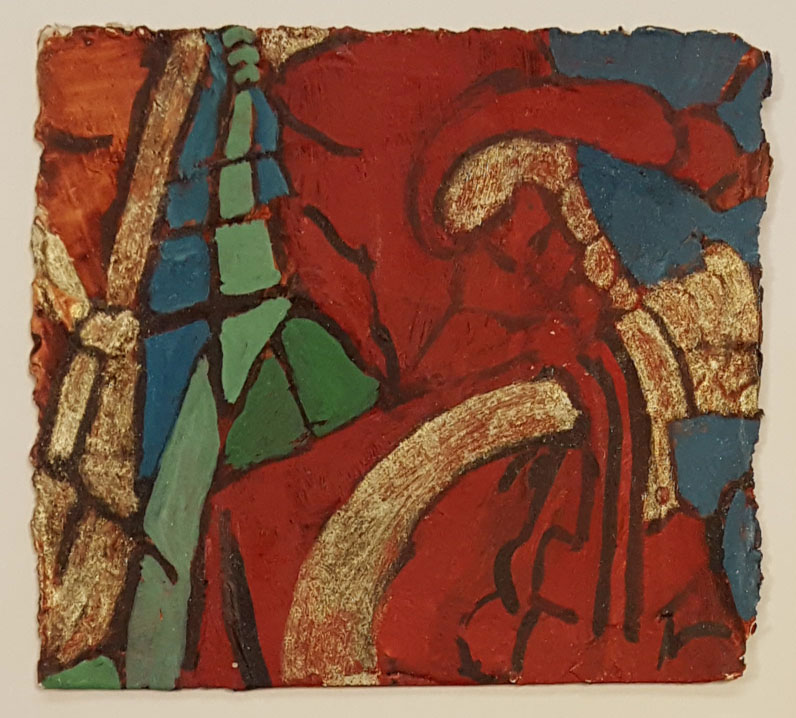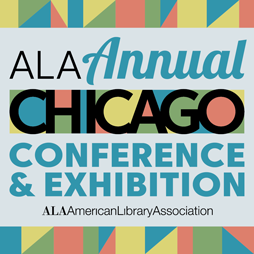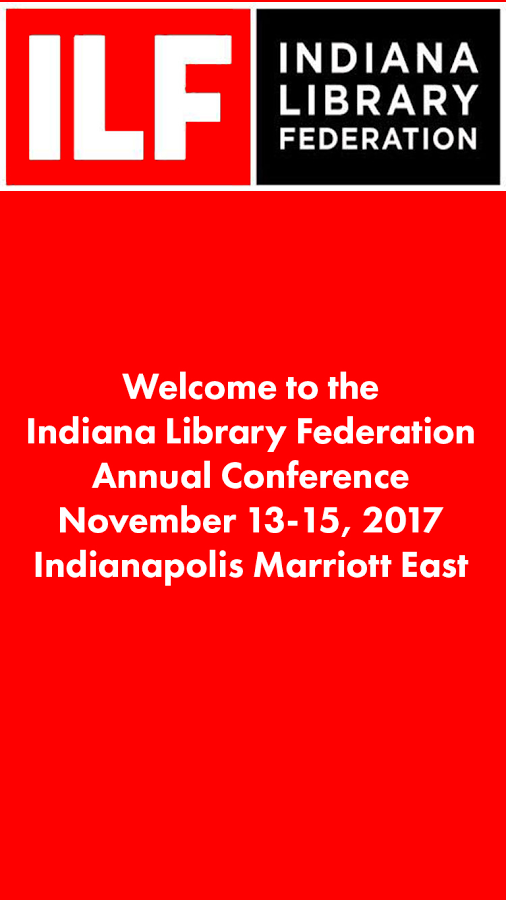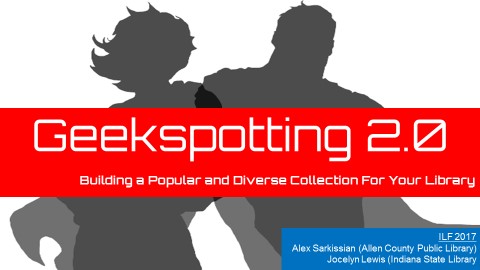Would you like to learn more about your ancestral heritage? Do you think you might be of Scottish descent? Are you more than slightly intrigued with the popular historical fiction book series “Outlander,” a time-travelling series that commences in the Scottish Highlands in the years 1743 and 1946 and written by author Diana Gabaldon? Did you know that Gabaldon included many real-life historical people in her book series? The start of season three of the hit TV show “Outlander” will air on Starz on Sept. 10, 2017 and will closely follow the third book, “Voyager,” so now is a great time to do some research.
Come visit us in the Genealogy Division of the Indiana State Library and dig into your own Scottish genealogical heritage. You might also want to come and research the many historical figures woven into the “Outlander” books. Who knows? You might find that you have Scottish Highland ancestors who fought in the last Jacobite Uprising of 1745 that culminated at the Battle of Culloden in April of 1746. The Jacobites were strong supporters of the Catholic Prince Charles Stuart monarchy. They were fighting to restore the House of Stuart to the British throne, then controlled by the Protestants in England. 1,500-2,000 Jacobites were killed or wounded on the moors of Culloden in the Scottish Highlands in a massacre that was concluded in less than an hour.

In our Genealogy Collection, I recently discovered the beautiful family tree of William Cumming and Sarah Coppage. Underneath their names and family crest it reads:
“Born in Inverness about 1725, made a prisoner at the Battle of Culloden, reached Maryland the year thereafter, married Sarah Coppage, of an old Eastern Shore family, who died in 1765, became a large landed proprietor in Frederick County, and died near the end of March, 1793, at his home in the Linganore Hills.” From William Cumming ~ Sarah Coppage Family Tree

Cumming family crest and motto
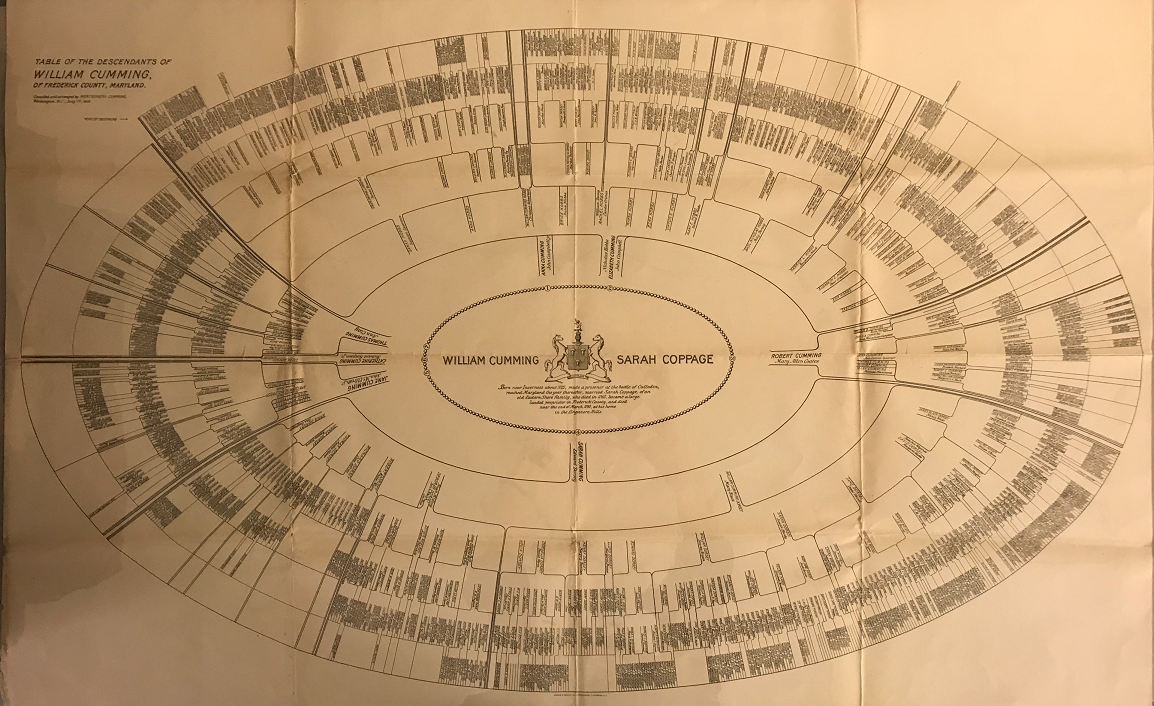
One can only imagine my surprise at discovering this family tree in our Genealogy Collection, as I’m a loyal follower of the “Outlander” books and television show where the Battle of Culloden figures heavily in the second and third books of the series. In the first book of this series, “Outlander,” it is 1946 and one of the main characters, Claire Randall, unknowingly “goes through” an ancient stone circle in the Scottish Highlands and is transported back in time to the year 1743 where soon thereafter, in order to save her life, she very reluctantly marries James (Jamie) Alexander Malcolm MacKenzie Fraser. In time, she learns to love Jamie but on the cusp of the Battle of Culloden in 1746, Jamie takes his now pregnant wife, Claire, to the stone circle and makes her return to her own time, because he believes he will die on the battlefield.


Forward to the second book, “Dragonfly in Amber,” in 1968 and Claire and Brianna, her daughter with Jamie, are in Scotland piecing together genealogical records to ascertain who survived the Battle of Culloden. They are mainly searching for information about the character, Jamie Fraser, Claire’s love, who fought in this battle and was thought to have died alongside his clansmen.
Much to Claire’s surprise and shock, her research shows that Jamie was not killed on the battlefield as she had believed for the past twenty years. Thus, in the third book, “Voyager,” they conduct a deeper genealogical search into what became of Jamie Fraser. Through diligent work, Claire and Brianna discover that Jamie was imprisoned as a traitor to King George II of England, along with many other Highlanders after the Battle of Culloden. Further, they find a newspaper article written by A. Malcolm, one of Jamie’s pseudonyms, and printed in 1765, Edinburgh, Scotland. With agonizing deliberation, Claire decides to return to the stone circle to be transported back to 1765 Edinburgh in hopes of finding Jamie. This sets the beginning of the book, “Voyager” and the upcoming season three of the TV show, “Outlander.” By the end of “Voyager,” Jamie and Claire have landed on the shores of the American Colony of Georgia in the year 1767. They eventually settle in the colony of North Carolina and later in subsequent books, they become involved in the American Revolution. Not surprisingly, many of our Scottish ancestors arrived in America under similar circumstances.
So, let’s take a look at Scottish emigration to America.
“Scottish immigration to the Americas during the seventeenth and eighteenth centuries tended to be spasmodic and generally small-scale, with certain notable exceptions. These exceptions consisted of several attempts to establish independent Scottish colonies, and, on several occasions, the mass transportation of political prisoners.” History has shown that after 1747, around 1,600 men, women and children were put on ships to the colonies in America as indentured servants. William Cumming, whose family tree was noted previously, was one of these political prisoners sent to the American colony of Maryland.

The earliest known Scottish emigration to America dates to Colonial times around 1650.
“There seems to have been a continuous trickle of emigrants across the Atlantic from the mid-seventeenth century onwards to staff the tobacco warehouses in Virginia… or as felons banished to the Plantations. Economic forces generally determined emigrant routes from Scotland: Ships sailed to Georgia and the Carolinas for cotton and rice, to the Chesapeake for tobacco, to the Canadian Maritimes for timber and carried with them innumerable emigrants, many as indentured servants.”
The Scottish people left their homeland mainly for economic, religious and political reasons.
“If the origins of your Scottish ancestors are unclear, no matter where they went, you can draw useful insights from accounts of migration to the area where first they settled. It is extremely important that you identify the ancestor(s) who made the trip, but almost as important is an understanding of the context of their migration. Knowing the place of first settlement is particularly important because its history may offer clues about the region, perhaps even the parish, of birth.”

Back to William Cumming: In 1775 he served as a private in the Maryland Line of the Continental Army, defending his new homeland, America, against the British Soldiers and Loyalists in the American Revolution. The Maryland Line was a formation in the Continental Army. It was formed and authorized by the Second Continental Congress which met in Philadelphia, June 1775. William Cumming received a land grant for his service as a Patriot.

At the Indiana State Library, we have hundreds of books, maps, microfilm and resources available to research your Scottish ancestors and/or research and learn more about the historical characters of the “Outlander” series. We can show you how and where to locate genealogical information about your ancestors worldwide, not just in Indiana. Come in and let your origins catch up to you!

Some obvious and “not-so-obvious” historical people in the “Outlander” book series:
Prince Charles Stuart: Charles Edward Casimir Maria Sylvester Stuart, the Young Pretender, son of the Old Pretender, James III of Scotland, VIII of England. Heir to the exiled Catholic royal dynasty.
James Stuart: The Old Pretender, James III of Scotland, VIII of England. Exiled Catholic monarch.
Simon Fraser: Lord Lovat, The Old Fox
Simon Fraser: Lord Lovat, the Young Fox
Flora MacDonald: Helped Prince Charles Stuart escape from Scotland to France after the Battle of Culloden.
Farquhar (Farquard) Campbell: Highlander who immigrated to the American Colony of North Carolina.
Archibald Bug: Highlander who immigrated to the American Colonies. Presented a petition for Patent of Land, 320 acres in North Carolina, 1740.
Clanranald: A prominent Jacobite chief.
George II: King of England
George III: King of England
Comte St. Germain: A member of the French Court; a noble with a reputation for dabbling in the occult. Charles Stuart’s business partner.
Lord Kilmarnock: One of the Jacobite earls, later executed for treason.
Louis XV: King of France
Duke of Perth: A commander in Prince Charles Stuart’s army.
There’s so much more to genealogy than names, places and vital statistics. Once this general information is known about an ancestor, then it’s time to “dig into” their lives. It can be fun and very interesting to learn about the history of the time period and the places your ancestors may have lived as well as the historical events in which they may have participated. Delving into your cultural heritage might shed some light on a family custom or heirloom that has been passed down through time. Once ancestors have been traced back to when and where they departed to America, the reasons for emigrating can be studied and give a fuller picture of your ancestor’s life, and consequently, yours, also.
Learning about the “rest of the story” can practically bring one’s ancestors to life!
This blog post was written by Alice Winslow, librarian, Genealogy Division. For more information, contact the Indiana State Library Genealogy Division at (317) 232-3689 or email awinslow@library.in.gov.
Dobson, David. “Directory of Scots Banished to the American Plantations, 1650-1775.” Baltimore, MD. Genealogical Publishing Co., Inc. 1983.
Dobson, David. “Ships from Scotland to America, 1628-1828.” Baltimore, MD. Genealogical Publishing Co., Inc. 2004.
Irvine, Sherry. “Scottish Ancestry: Research Methods for Family Historians.” Provo, UT. Ancestry. 2003

